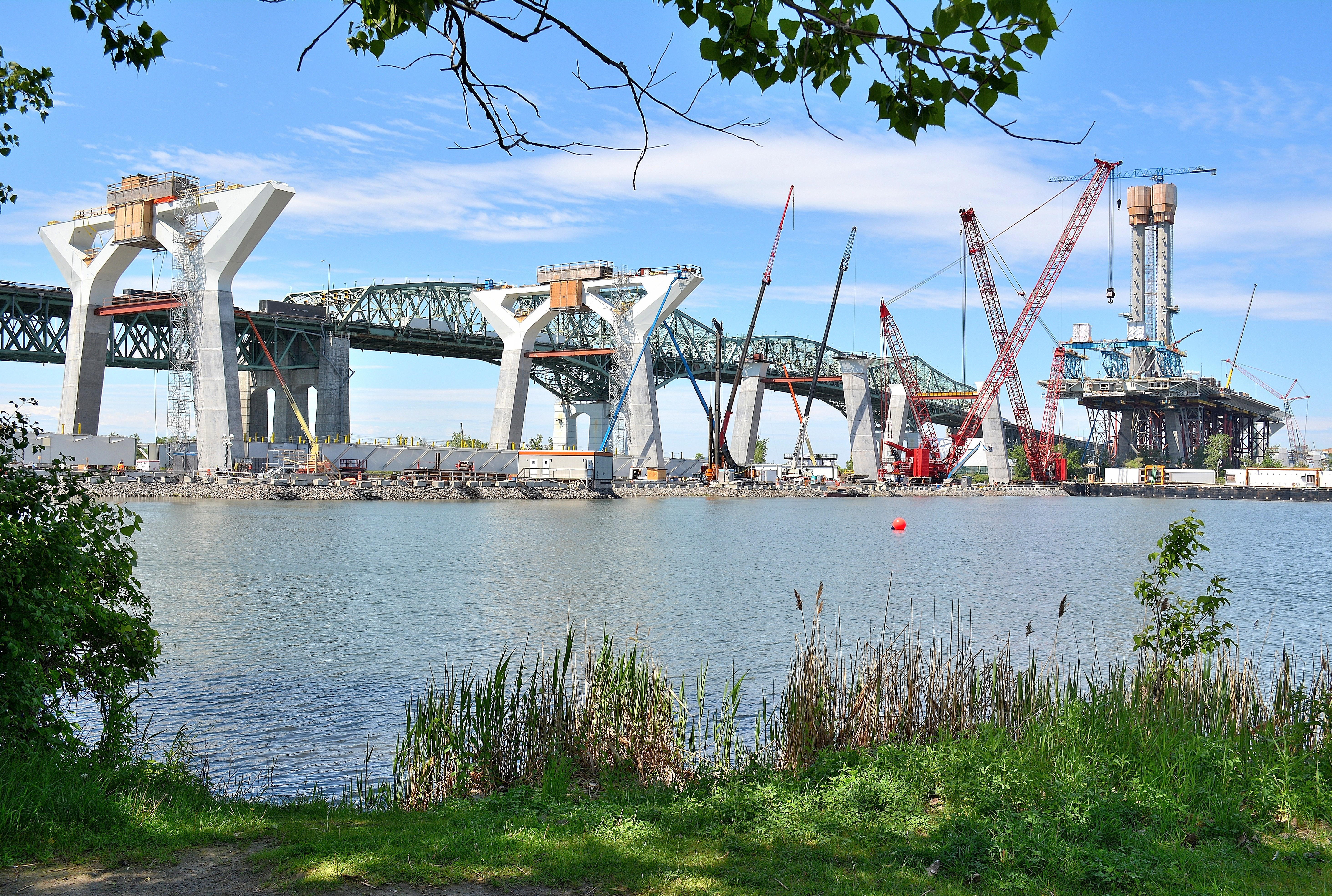The Ontario government has unveiled its final designs for the new Ontario Place public space, marking a major milestone in the transformation of Toronto’s waterfront. In addition to the new facilities, the province says the project will create 5,000 jobs in the construction and tourism sectors and boost economic growth across Toronto and the region.
Included in the newly revealed plans is a publicly owned parking structure at Ontario Place, which will generate revenue for the province and help the public access Ontario Place’s many attractions, including public beaches, trails and parks, the Ontario Science Centre, Live Nation’s year-round amphitheatre and Therme Canada’s waterpark and wellness destination.
“We’re rebuilding Ontario Place into a world-class destination for families and tourists, with convenient connections for visitors coming by car, GO train or the Ontario Line’s nearby Exhibition Station,” said Ontario Premier Doug Ford. “The investments we’re making will help keep 5,000 workers on the job, despite the economic uncertainty caused by President Trump’s tariffs, and will help protect and grow Toronto and Ontario’s tourism sector for decades to come.”
The reimagined Ontario Place will offer more than 50 acres of free public trails, expanded green space, playgrounds, interactive fountains, new beaches, event spaces and an updated marina, all designed to create a world-class waterfront destination that will attract up to six million visitors every year.
“For too long, Ontario Place was neglected and without a vision, falling into disrepair,” said Minister of Infrastructure Kinga Surma. “Now, 54 years after welcoming its first visitors, our government is returning this iconic park to the people of Ontario.”
The final designs for the facility include a new entrance that will also serve as a transit hub; an urban beach, boardwalks and children’s playgrounds; new canoe and kayak launch sites; and an Indigenous Cultural Pavilion.
“Ontario Place was once an iconic tourist attraction and a cornerstone of our province’s cultural and recreational landscape,” said Stan Cho, minister of Tourism, Culture and Gaming. “This transformation will breathe energy into Toronto’s waterfront while drawing visitors from near and far for generations to come.”




